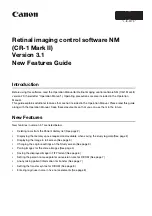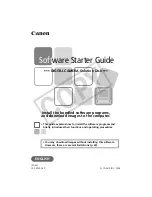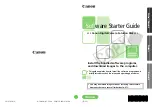
4
Introduction
The Stability Analysis Tool (SAT) is a Microsoft Excel-based program that
provides a Bode plot of the voltage loop gain of a DC-DC converter for a variety of
external loads. From this plot, information such as crossover frequency and gain and
phase margins can be obtained.
In classical control theory, the stability of a feedback system is assessed by
evaluating its gain and phase margin which are read directly from the Bode plot of
the loop gain. The loop gain of a DC-DC converter depends not only on the converter
characteristics but also on the load characteristics and the output voltage sense
location. This dependence of loop gain on load and sense location makes it
impossible for the power converter manufacturer to determine stability margins in an
actual application, since the load (especially the number, type and location of output
bulk capacitors, parasitic inductances, etc.) and the output voltage sense location are
unknown. Due to this, in the past if the customer wanted to determine stability
margins, the loop gain would have to be measured using a breadboard of the power-
supply and the load network using a network analyzer.
The Stability Analysis Tool decouples the combined coload system into
two subsystems; one representing the converter and the other representing the load.
Tyco Electronics Power Systems provides converter data files on its web site. The
customer can download the converter data file and import it into the SAT. SAT
allows choosing one of five different configurations to best represent the combination
of load representation and voltage sense location. The tool then allows assessment
of the stability characteristics without the user having to build a prototype of the
power supply and the load network and avoids making measurements.
System Requirements
SAT v1.3 runs under the following systems:
1)
Windows 95, 98, 2000 or Windows NT version 4 operating systems
2)
Microsoft Excel 97 SR-2 or Excel 2000
3)
Intel Pentium
class or above processor and at least 64 MB of RAM
1

































